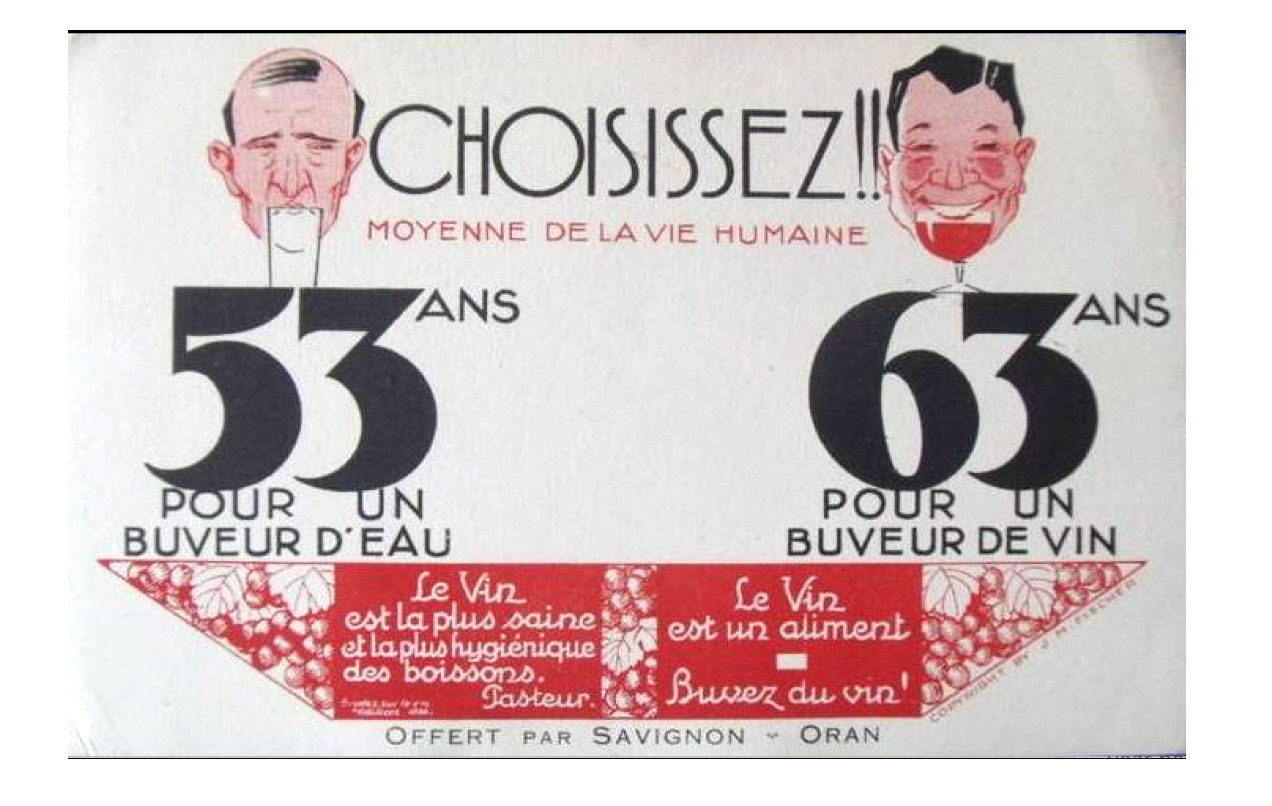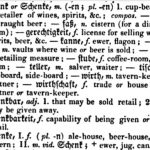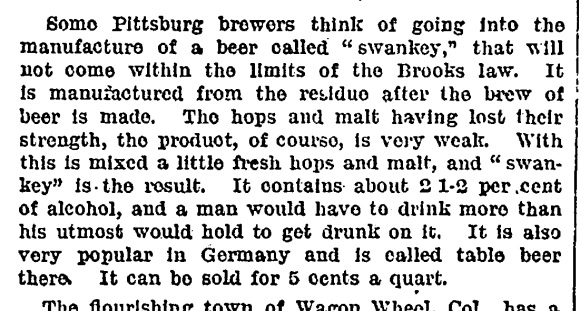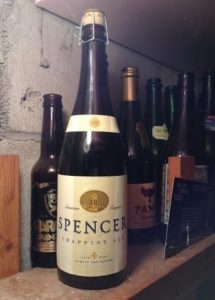 We have entered a short and ugly season. False spring. Dwindly wintery. The time of dirty snow. After last week’s -20C temps, high winds and back to back blizzards we got the first sense of spring. Not the reek of dog shit thawing out of snowbanks spring. But at least +5C and even a bit of drizzle. Under five weeks to the first of April. My own pea and carrot seeds will be planted in the cold dark soil by then. Not that bit of basil. No way. I am eating that plant. Soon.
We have entered a short and ugly season. False spring. Dwindly wintery. The time of dirty snow. After last week’s -20C temps, high winds and back to back blizzards we got the first sense of spring. Not the reek of dog shit thawing out of snowbanks spring. But at least +5C and even a bit of drizzle. Under five weeks to the first of April. My own pea and carrot seeds will be planted in the cold dark soil by then. Not that bit of basil. No way. I am eating that plant. Soon.
First up? First up and speaking of eating, I have been looking for an angle on long time servant of good beer Jonathan Surratt‘s blog by email about sandwiches, Bound by Buns, and this week he provided in this week’s post:
I recently had the idea to see if I could incorporate beer into each of the main components of a sandwich… I met with Jenny Pfafflin from Dovetail Brewery (we call her JP) and she and I put our heads together to discuss the beer options for this sandwich. I had a rough concept for a beer braised short rib sandwich using a beer cheese spread and we talked through the other options. JP, a brewer who is also an Advanced Cicerone, was very helpful in being a second opinion and a knowledge expert on Dovetail’s line of beers and beer flavors in general.
Now, that is just the introduction to the intro. Take some time. His weekly posts often drill down deep into the details and then wallow with you in the goodness of sammy Pr0n.
Next… what a headline: “Heineken to make beer weaker“!!! Jessica Mason reports:
From 25 February, Heineken will reduce the alcohol of its Sol beer brand to just 3.4% ABV down from from 4.2% ABV. The beer, which was originally brewed in Mexico before it was acquired by Heineken from Fomento Economico Mexicana SAB (FEMSA) in 2010 in a deal worth £4.8 billion, is now produced in Zoeerwoude in the Netherlands. According to reports via The Sun, increased cost pressures facing the sector have also pushed the decision for beer companies to make the move to bring the strength down on some beers.
That’s 23.5% weaker according to my math. Yikes. At what point is that a near beer? Speaking of weak, we have this in from Beer Insights on the serious loss of interest in the darling of a decade ago, Stone, now owned by Sapporo:
…results were driven by strong growth of Sapporo brands offsetting softer Stone trends. Indeed, early in the yr, the co recorded a $90+-mil impairment charge on its Stone biz, it acknowledged while responding to critiques about its overseas investments from a Singapore-based investor with more than 19% stake in the co. Recall, Sapporo acquired Stone for a little less than $170 mil in 2022, then invested tens of mils of $$ in US production facilities.
A $90,000,000 loss on a two year old $170,000,000 investment is quite impressive. Somebody sure ain’t worthy. Conversely, Matty C got out his pen and his writing table and wrote about the end of things for CAMRA’s What’s Brewing:
Everything is finite, and all good things must come to an end. Most people understand this, even if only subconsciously, and it’s why I think we cling to nostalgia so tightly – it helps stop us worrying about that which we ultimately cannot control: change. Nostalgia plays a huge part in what we drink and enjoy. It’s largely why Guinness is so frustratingly popular at the moment (and I say frustratingly from the perspective of someone who feels like this is a missed opportunity to get more people drinking cask beer). But this phenomenon also extends to brands like Theakston’s Old Peculier and Timothy Taylor’s Landlord, even Bass remains popular among some enthusiasts.
Speaking of institutions… what is a hall of fame for? The already famed? Consider Jeff‘s conclusion:
Elevating the less-heralded figures who shaped American brewing is certainly a worthy effort. Using the Hall to reshape the way we think about brewing (as well as craft brewing) would be a worthy effort. But at least after an initial round of inductees, it seems like the Hall has chosen to celebrate they already celebrated. Maybe this project isn’t for me, or the public generally, and that’s fine. Industries get to define whom they celebrate. But again, looking from the outside, it seems like a missed opportunity.
There isn’t a hall. Just a website. But… if there is no actual hall, does there even have to be actual fame? Or is it for sometinhg else? Consider Stan‘s thoughts:
For the record, I provided nominations and I voted in the election. I nominated Joe Owades (cited within the post), not because of the role he played in developing light beer, but because he was a key advisor to the early giants of microbrewing (even if the beer was not made a small breweries; goodness those were confusing times) such as Boston Beer and Pete’s Wicked Ale. As you will see when you read the entire post, people like to talk about this.
Soooo… there is the talk. But does the talk get beyond the bubble? Still, it’s a bubbly bubble for sure. Frothy even. As you consider that, we move on a bit deeper into the recent past. Boak and Bailey linked to this one on Saturday but it is too good not to record for archival posterity – a 1977 BBC documentary on the state of the UK beer industry. As Nigel Sadler wrote “a nice old film“! But it was a broadcast to a nation wide public. Not a bubble Could beer still sustain that sort of viewership now?
Well someone* is trying as Pete Brown has been granted space in the Sunday Times in England to write about beer on a regular basis. It will be interesting to see if there will be any of the analysis you would see in wine or restaurant reviews. It would be even more interesting if a writer like A.A. Gill, Brown’s predecessor in those pages, could arise in good beer. Drink was something Gill left behind with good reason. Similarly, could good beer generate this sort of academic standard we see with the four newly announced Masters of Wine? Consider these qualifications:
Jit Hang Jackie Ang MW holds a DPhil in Medical Sciences from the University of Oxford and a MA in Pharmacology from the University of Cambridge, said the IMW. He is director of Cherwell Wine and Spirits in Singapore, where he also heads the High Throughput Screening group at the Experimental Drug Development Centre. His research paper was: ‘Are Universal Glasses Truly Universal? — An investigation on whether glassware shape affects perceptions of red and white table wines made from international varieties.’
A brainiac! But there are many sorts of pursuits and pleasures, aren’t there. For example, B+B shared a tiny cheery… dare I say charming… travelogue on a recent weekend trip to Germany with Ray’s mother over at their Patreon page:
In Cologne, almost 24 hours later, we fell upon glasses of Päffgen Kölsch while surrounded by people in carnival costumes – minions, pirates, sequined suits, and so on. Our hypothesis was that Ray’s mum would love Kölsch and Kölsch culture. She’s a lager drinker by default, when she drinks beer rather than whisky, and is no longer keen on pints. Sure enough, she did like this crisp, bitter, incredibly fresh beer. Well, who wouldn’t? Truthfully, it was probably being surrounded by family, and having a fuss made of her, that made the beer taste particularly good.
Sounds ideal. No? Does for me. But maybe this is your ideal pub? Not mine but I am not an elderly emo. Really. I’m not. Others have other ideals… idles… iddles…
After the King pulled a pint called Gone For A Burton, a traditional mid-strength beer brewed by Tower, brewery owner John Mills cheekily asked him: “Going to have a slurp of that, sir?” The King replied that if he was not, he was in the “wrong place”.
 Less regally, Doug Veliky has been asking some questions of brewers in these troubled times and Ottawa’s own Dominion City Brewing shared a high level of detail that they had actually shared with their customers along with a few notes:
Less regally, Doug Veliky has been asking some questions of brewers in these troubled times and Ottawa’s own Dominion City Brewing shared a high level of detail that they had actually shared with their customers along with a few notes:
…we’ve been refining our unique value proposition and have landed on the fact that we offer a high rate of sale and greater profit per pour than our peers. We’ve made up the attachment below [Ed.: err… above…] in a bid to educate our customers about the pricing elasticity they get with our brand (and about the true cost of their macro options once all the freebies and kickbacks are counted.) It’s made the difference in keeping our business with several accounts to date and we hope to use it as part of our pitch to accounts that might not look craft-accessible. So both a shield and sword strategy.
I like it. And I like their Town & Country, too. They are also fighting the tariff threat along with other Canadian brewers. More on the Glorious and Free initiative here. Speaking of Ontario, just days before today’s election, the liquor control agency controlled by current government of “Buck A Beer” Doug Ford slapped a new tax** on beer sales in the province:
The LCBO posted information about the fee increase on its website Monday within hours of Ontario PC Leader Doug Ford unveiling a new campaign promise to scrap the province’s mandatory minimum prices for alcohol. The increase is set to take effect on April 1. It amounts to a 4.4 per cent jump in what the LCBO calls “cost of service,” a levy that applies to all beer products — whether imported or domestic — sold at retail outlets such as The Beer Store, supermarkets, convenience stores and brewery retail outlets, as well as on beer distributed to bars and restaurants.
And finally Pellicle picked a spot for this week’s focus where I’ve actually been – but may not no longer – as author Gene Buonaccorsi got to crawl over and under the Cambridge Brewing Company, down the road from MIT and across the river from Fenway***:
With Phil off attending to customers, I asked Will to show me the notorious barrel cellar. For years, I’d heard of this nature-defying space—a small corner of a basement where some of the industry’s most mind-bending beers fermented and matured. We exit the dining room through a door towards the back and enter an industrial white-walled staircase with faded metal handrails. He leads me down to the lowest level, where we emerge into a low ceilinged room with fluorescent lights that (at first glance) illuminate a set of dry goods storage racks and the unmistakable shining silver door of a refrigerated keg room. “It’s a bit tricky from here,” he tells me. “You have to step up but also duck so you don’t hit your head.”
Duck or grouse. That’s the choice. Well, it’s a B.O.B., isn’t it. That’s it for another week. Until we meet again in March, please check out Boak and Bailey every Saturday and Stan going strong again each and every Monday. Then listen to Lew’s podcast and get your emailed issue of Episodes of my Pub Life by David Jesudason on the (sometimes even but never) odd Fridays. And maybe The British Food History Podcast. And Phil Mellows is at the BritishBeerBreaks. Once a month, Will Hawkes issues his London Beer City newsletter and do sign up for Katie’s wonderful newsletter, The Gulp, too. The Share looks to be back with a revival. Ben’s Beer and Badword is out there with the all the sweary Mary! And check out the Atlantic Canada Beer Blog‘s weekly roundup. There is new reading at The Glass which is going back to being a blog. Any more? Check out the Beer Ladies Podcast. That’s quite good and they are revving up for a new year. And the BOAS podcast for the bro-ly. And the long standing Beervana podcast …except they have now stood down. Plus We Are Beer People. The Boys Are From Märzen podcast appears suspended as does BeerEdge, too. VinePair packed in Taplines as well. All gone. But not Ontario’s own A Quick Beer featuring… Michigan! There is more from the DaftAboutCraft podcast, too. All About Beer has sponsored trade possy podcasts and there’s also The Perfect Pour. Plus follow the venerable Full Pint podcast. And the Craft Beer Channel on Youtube. The Moon Under Water is gone which is not surprising as the ask was $10 a month. Pete Brown’s one cost a fifth of that – but only had the one post. Such is life.
*Others too. For example, I had no idea there was a beer focused radio station broadcasting out of Sheffield: “Ale & Radio will celebrate its milestone on April 13, following a highly successful first year broadcasting beer-focused content alongside a diverse mix of music spanning multiple genres and generations. With a global audience, the station’s mission has always been to support independent breweries, bars, pubs, and beer retailers, while uniting beer enthusiasts through a variety of engaging content. Listeners can tune in for regular beer news, travel features, festival coverage, brewery interviews, and user-submitted audio beer reviews.” Here’s their webpage with a link to the audion stream. But is Pete’s as he posted “the ONLY regular beer column to run in a UK broadsheet newspaper or magazine, first one for over 20 years” or as he blogged “I’ve joined Adrian Tierney-Jones (Daily Star) in the exclusive ranks of people who have a regular beer column in a mainstream British media outlet.“?
**fine… yes, it’s a fee increase and not a tax…
***…and, once upon a time, deep down within an entertaining early pandemic freakout…




















